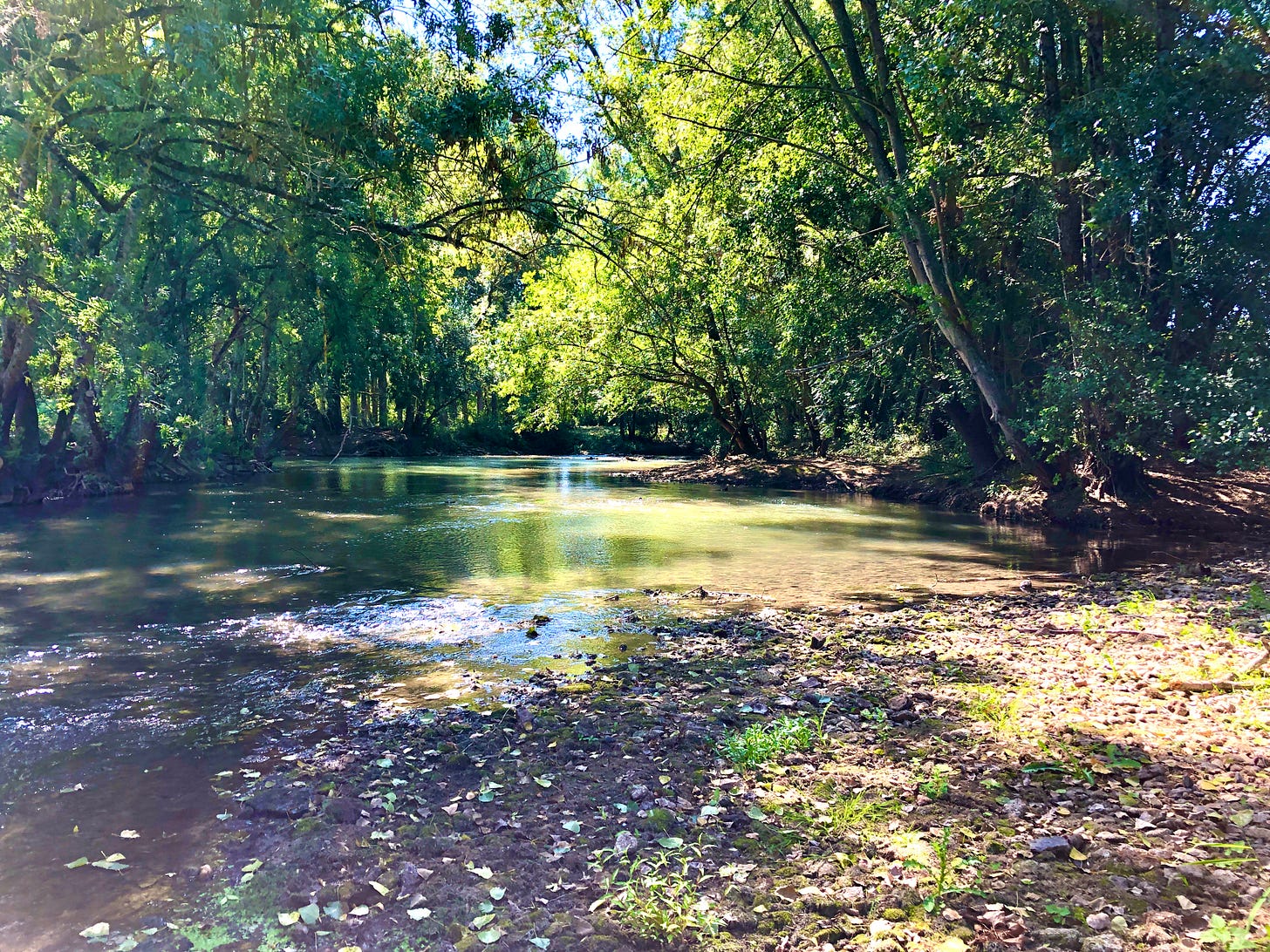Song Painting
Crafting lyrics with vivid imagery
The music industry has changed so much—with the rise of digital platforms, the dominance of streaming services, social media for artist-fan connections, and the undeniable power of live music experiences. And this will undoubtedly continue to change.
However, one thing that remains constant throughout all of this change is how important it is to develop our craft as songwriters. Here, we explore the art of Song Painting and the essential role lyrics play in crafting unforgettable experiences for our audiences in today's dynamic music landscape.
A vital component of compelling songwriting is the skillful use of descriptive language that fully immerses listeners in the narrative. This is crafting lyrics with vivid imagery into your songs.
Crafting lyrics with vivid imagery
And that’s what Song Painting is all about.
What is Song Painting?
Song Painting is a term coined by renowned songwriter and friend Joel Lindsey—a multiple Dove, BMI, and ASCAP award-winner with over 2000 recorded songs—emphasizing the importance of crafting lyrics that create vivid mental images. By utilizing this powerful technique, you can make your audience feel like active participants in the story, forming an intimate connection with your music.
Inspired by Joel's enlightening seminar at WAJ (click here), I decided to explore and share my own experiences with Song Painting, leveraging his invaluable insights to strengthen my own lyric-writing process.
Here’s an example: One song called "The River's Edge" was inspired by a peaceful moment I spent sitting by a riverbank in the beautiful countryside of Charente in France. Instead of simply stating that the river was flowing, I used descriptive language to capture the essence of that experience:
"The river's gentle murmur, like a whisper in my ear
As it weaves its way through the tranquil atmosphere
The water's glassy surface, reflecting sunlight's gleam
Creating a symphony of colors, a captivating dream"
By engaging the senses and using figurative language, I could transport listeners to that tranquil riverbank and create the sense of peace and serenity I found there.
Five Ways to Use Song Painting
To enhance your own songwriting, here are five ways to consider when writing descriptively:
1. Engage All Senses
Music is intimately connected to our senses. When writing lyrics, tap into the power of the six sensory keys:
Touch
Taste
Sight
Smell
Sound
Movement
Instead of saying, "he walked," describe the subtle nuances of his stride: "his footsteps echoed like the steady beat of a metronome." See more of this in Andrea Stolpe’s brilliant book, “Popular Lyric Writing” (click here).
2. Use Destination Writing
Immerse yourself in the setting of your song. Imagine yourself physically present and engage all of your senses. This technique, known as "destination writing," will help you capture the authenticity and depth of the experience. See more of this in Pat Pattison’s great book, “Writing Better Lyrics” (click here).
3. Employ Figurative Language
Metaphors and similes are powerful tools for creating vivid imagery and evoking emotions. Instead of saying "her eyes shone," you could write "her eyes sparkled like a thousand stars." This metaphorical comparison instantly transports the reader to a realm of brilliance. For more on similes (click here) or metaphors (click here).
4. Describe Movement and Emotion
Capture the physical and emotional movements of your characters and the overall atmosphere of your song. Use verbs that convey action and emotion, and paint a picture of the actual scene through descriptive language.
5. Create a Surprising Sensory World
Don't limit yourself to describing the obvious. Explore the sensory world of your song and create a unique and memorable experience for your listeners. Use unexpected sensory details and combinations to surprise and engage their imagination.
By incorporating Song Painting, including descriptive language, you can create vivid and emotionally resonant lyrics to enhance your songwriting to leave a lasting impact on your listeners.
Other tools you might want to use alongside this include Conversational (click here), Emotional Proxies (click here), and Imagery (click here), all of which help write your songs more powerful.
Questions
Here are some questions:
What surprising sensory details can you identify in your own lyrics?
How can you use destination writing to explore different perspectives and experiences?
What metaphors or similes could you incorporate to make your lyrics more evocative?
Hope this helps!
Simon


